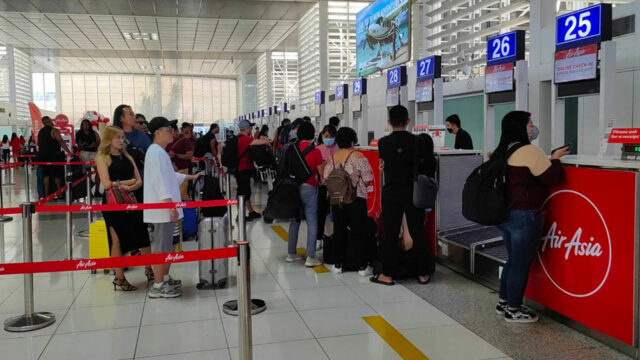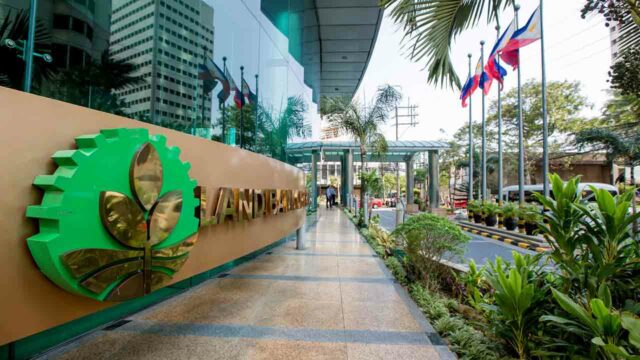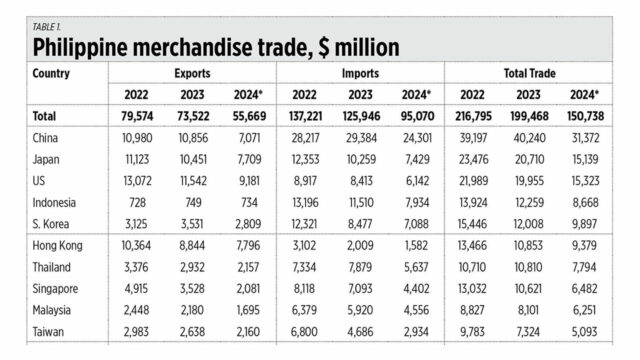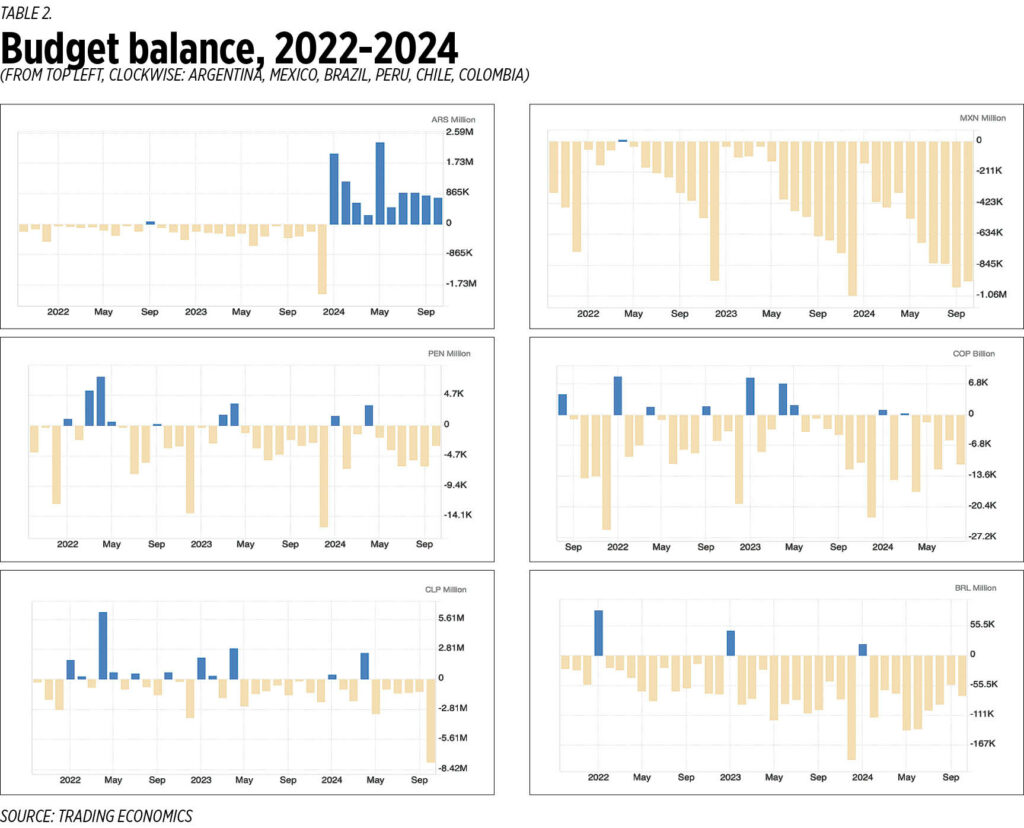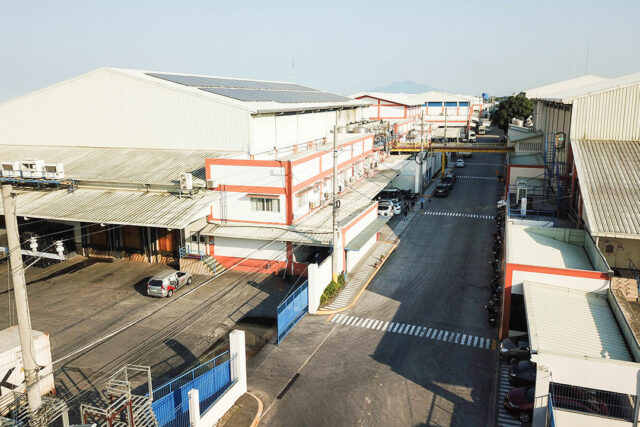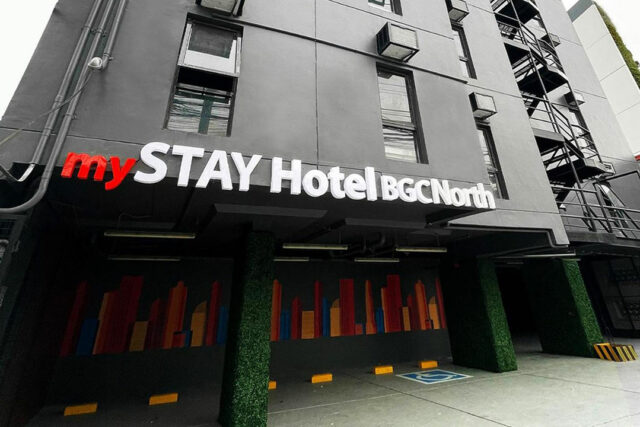The official opening featured Rex Navarrete
THE stand-up comics of Comedy Manila are a fun bunch. There’s the irreverent barkada humor of KoolPals podcasters GB Labrador, Nonong Ballinan, and James Caraan. There’s the self-deprecating yet hilarious energy of Alexio Tabafunda (very well-executed fat jokes!) and Roger Naldo (very well-executed speech impediment jokes!). Meanwhile, Margie de Leon can charm a crowd with her sophisticated wit coupled with her down-to-earth demeanor.
It took 12 years for the comedy production house — now representing over 40 comedians — to have a home stage of its own, Mr. Labrador told the media at its official opening night last week (it has been open since September).
“We write our own jokes and represent our own humor onstage. That’s our goal,” said Mr. Labrador. “We have comedians representing different genders, cultures, and parts of the Philippines. With our own stage, people will be able to see a diverse range of stand-up on a weekly basis.”
BusinessWorld attended the launch, sampling the jokes by six comics that ranged from self-ridicule to more Philippine-specific topics like the distinct way of speaking of FlipTop rappers and the absurdity of seeing Catholic figures painted alongside anime characters on jeepneys. The highlight was Mr. Naldo recreating his experiences being misunderstood at a store because of his speech impediment, though his best joke was fictional — acting out what he would sound like if he were to be possessed by a demon. Mr. Tabafunda’s imitation of how a fat person’s neck appears when craned to seek out food was a close second.
While rude humor is expected (Mr. Caraan exaggerating the odd quirks of Iglesia ni Cristo prayers drew flak online from members of the religious group), shaking one’s head and grimacing at the offensiveness of some jokes is par for the course at stand-up comedy shows. Outside of the safe space of a comedy club or among a very tight-knit group of friends, no one would dare repeat many of these jokes in public.
“A lot of comics are good, or they have potential, but there’s no proper stage for everyone to shine and showcase their talents,” Mr. Labrador told BusinessWorld, on how stand-up comedy is best honed with a live audience.
“That’s the reason we have Comedy Manila, and now this proper stage at Brick Wall BGC.”
COMEDY MANILA’S GODFATHER
The headliner of the night, Filipino-American comedy legend Rex Navarrete, kept the audience laughing over his hour-long set. It’s clear that he’s in a league of his own, coming from the United States and providing humor as a Filipino in a land where he is a minority.
A stereotypical tito rambling on and on as a pilot checking in on his passengers during the flight? Check. A reenactment of young Rex bringing home an Irish immigrant friend who grows more and more bewildered by each Filipino quirk in his household (cue the horror of discovering leftover dinuguan in an ice cream container)? Check.
Mr. Navarrete’s situational comedy is unmatched — and for good reason. In the Q&A after his set, he cited a plethora of references. There’s Andy Bumatai, a Hawaiian of Filipino ancestry, who is unafraid to make fun of other cultures that make up the population of Hawaii, like Portuguese and Samoans.
“Hawaii has its own stand-up comedy scene that never made it to the mainland United States because it was very specialized and localized. They got different cultures mixing together and their way of getting along is to make fun of each other, to the point where you’re insulting your next-door neighbor who happens to be of another race,” Mr. Navarrete explained. “I learned some of the most racist jokes done about Filipinos, done by Filipinos there.”
He also cites British comedy like Monty Python sketches, which taught him “the art of the ridiculous,” and American institutions like Saturday Night Live, George Carlin, and Eddie Murphy.
For the Comedy Manila members in attendance, Mr. Navarrete was the blueprint, his comedy album and videos passed around online via Limewire in the early 2000s. When he came over to the Philippines in 2002 to perform for the first time, the stand-up comic scene was basically nonexistent.
He discovered a few of the comedians who now make up Comedy Manila while trying to find people who wanted to open that show for him — one of the seeds that kicked off the group’s homegrown movement.
“Rex is one of the guys who made it possible for this kind of stand-up to flourish here in the Philippines,” Mr. Labrador said. “Even if you don’t see him all the time, he’s messaging and congratulating us for every achievement, whether it’s a sold-out show or someone headlining his first Netflix special.”
“We don’t hear that from Jo Koy, actually,” he quipped, referring to the other well-known Fil-Am stand-up comedian, drawing laughs among the group.
A NEW HUB
Brick Wall has the quintessential comedy club atmosphere, and both patrons and newcomers can look forward to a diverse lineup, including observational humor, storytelling, and improvisation, performed by both local and international comedians.
It is difficult to get to the venue, with BGC being notoriously nearly inaccessible to commuters and backed up with traffic for car owners and ride-hailing app users. But perhaps the “global crowd” in the area is suited to the diverse range of stand-up comedy that Brick Wall will offer.
In a statement, the venue said that it “will also host a variety of alternative entertainment options, including improv nights, comedy-themed trivia, live podcast recordings, and acoustic performances.”
Its food menu is decent (expect BGC prices, of course), filled with pub-style comfort food like chicken wings, nachos, shrimp, porkchops, and baby back ribs. It offers themed cocktails like the Impression, Heckler, and Carebear.
Mr. Labrador said that, despite the pandemic doing them favors by introducing a lot of people who were struck at home to stand-up comedy via YouTube, podcasts, and streaming platforms like Netflix, a physical venue still matters.
“There was no such thing as a venue back then, maybe just a bar or restaurant where we’d do an open mic. The challenge was to make the random people there laugh, and that’s how we got better.”
Brick Wall BGC is on the second floor of Uptown Parade, BGC, Taguig. It is open seven days a week, with The KoolPals’ open mic nights on Tuesdays and Comedy Manila’s showcases set for Wednesdays and Saturdays. — Brontë H. Lacsamana

